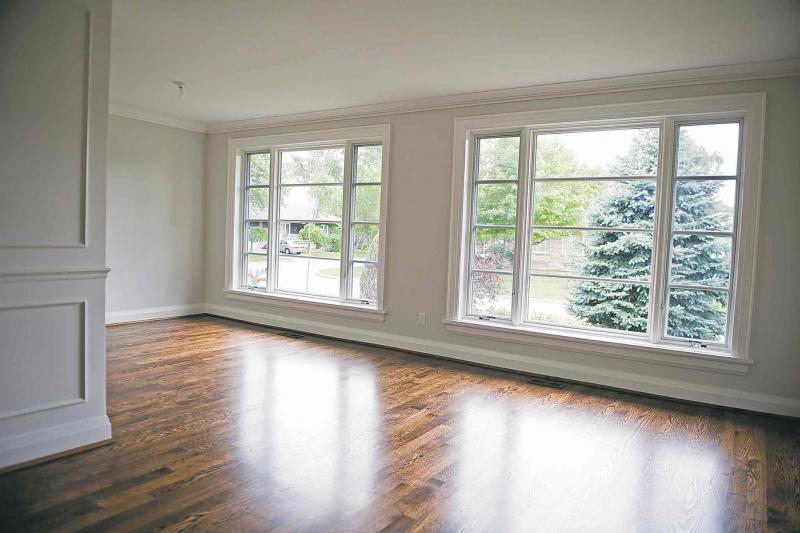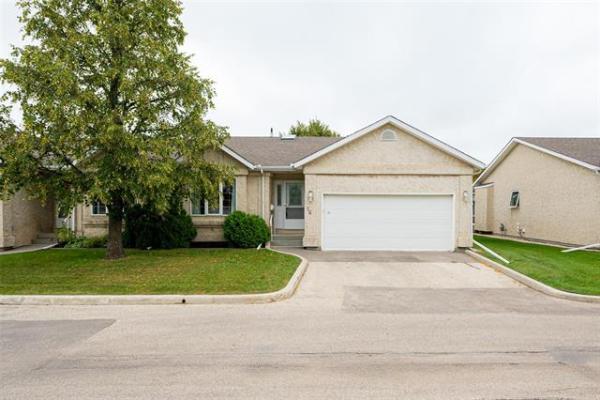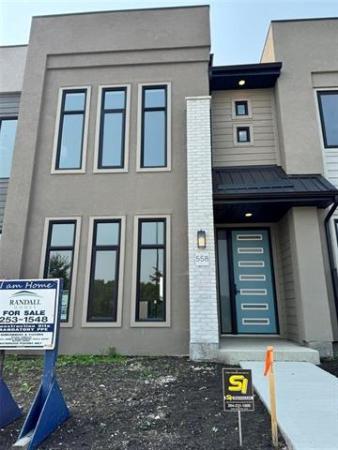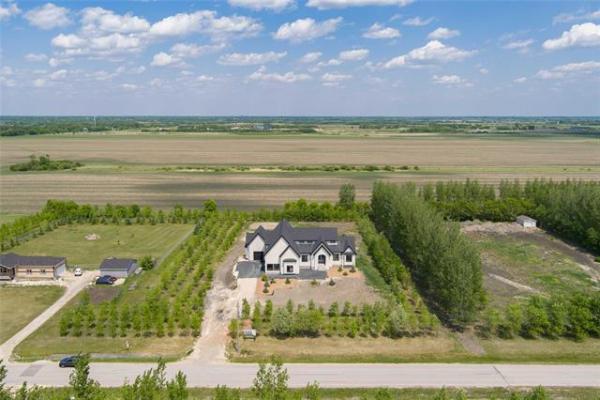Question: Hello, we are looking at replacing windows in our mid-'80s bungalow and are seeking some advice on the best type of windows to purchase: PVC, vinyl etc. The present windows are all wood frame and some are no longer properly sealed. Can you advise what is important to look for when shopping for windows? Are there any things we should ensure the new windows have, and are there some things that don't matter? Is there a large difference in the quality of the modern windows? Do warranties vary greatly from manufacturer to manufacturer and is that important?
Thanks in advance for your assistance, Claude Marchand.
Answer: Replacing your old wooden windows with modern ones will not only provide much better viewing, but may also help prevent drafts and allow better ventilation when they are open in summer. Vinyl or PVC windows are the most popular choice due to durability, cost and lack of maintenance required compared to wood. Choosing brands and installers may be more difficult than styles, as there may be limited differences, but I will elaborate on what to look for, to help your decision.
Shopping for home improvement products can be a confusing and frustrating endeavour, especially due to the lack of experience many homeowners like you may have. The best advice is to ask friends, family members and neighbours who have had new windows installed in the last decade and see if they are happy with the operation and installation a few years after they are put in. While there may be slight differences in quality between different manufacturers, most of the components are the same. Vinyl windows are constructed from extrusions imported from a few manufacturers and differ little in quality. While some window companies provide frames and sashes that are filled with foam insulation, most get their insulating properties from the trapped air integral in the hollow extrusions. Claims of much higher R-values from fancy spacers and frames are often overblown, so be careful not to put too much faith in these marketing gimmicks.
Despite claims by some window companies its frames are superior, the glass (sealed units) and weatherstripping are where most of the differences are between products. Triple pane sealed units will be better than dual pane ones for thermal protection, but can add substantial weight to large windows. Most sealed units now contain inert gasses like Argon, which provide added benefits due to their refractive properties on light waves. Also, most window companies offer Low-E coatings which make the sealed units even more efficient. These thin films act like sunglasses, reducing UV light with some even reflecting heat to the warmer side, preventing loss in the winter and excessive warming during the summer. Since Low-E coatings and Argon gas have become almost standard on all windows, the main choice you will face is between dual pane and tri-pane.
The only drawback of the extra weight of tri-pane units is that it will put added stress on hardware, which can wear out faster in that situation. Most window hardware on modern windows is made by one manufacturer, with a few exceptions, so looking for ones with more durable materials may be futile. Some windows have fancier hinged cranks that appear to fold into the hardware covers, but they will still operate the window the same way as fixed cranks. Another difference is that many new windows will have a single cam-lock, with associated hardware, rather than two or more locks that must be closed individually. This can be an advantage if you open your windows frequently, but may need more frequent adjustments than the simpler type.
One thing that is often neglected when looking at windows, and rarely promoted by the manufacturers, is the quality and number of seals on the units. Maybe because weatherstripping is not as sexy as Low-E coatings and fancy hardware, they are largely ignored. Unfortunately, these may be the most important difference between a top quality window and lesser ones. Poorly sealed windows may leak during driving rains and can allow drafts and ice buildup during cold weather. Casement and awning windows normally have much better seals than sliders, so inquiring about these and looking at them on sample windows should help your choice.
In recent years, vinyl window manufactures have once again begun offering various colours other than the traditional white extrusions. These were popular with early models, but fell out of favour due to issues with fading and discolouration. Newer extrusions should be better in maintaining their colour, due to advances in production technology. If you have specific colours integral in the siding or trim on your home, choosing a colour other than white may appeal to you.
Despite boastful claims by some manufacturers, there is not a great deal of difference in R-value or efficiency between vinyl windows, which should be your best choice for cost effectiveness and lack of maintenance. Your purchase decision may be limited to the style of window, number of panes in the sealed units, colour, and type of hardware. Answers by the salespeople or contractors on the number and type of seals and weatherstripping may be one way to differentiate between true quality and fancy marketing in the products.
Ari Marantz is the owner of Trained Eye Home Inspection Ltd. and the past president of the Canadian Association of Home & Property Inspectors -- Manitoba (cahpi.mb.ca). Questions can be emailed to the address below. Ari can be reached at 204-291-5358 or check out his website at trainedeye.ca.
trainedeye@iname.com




